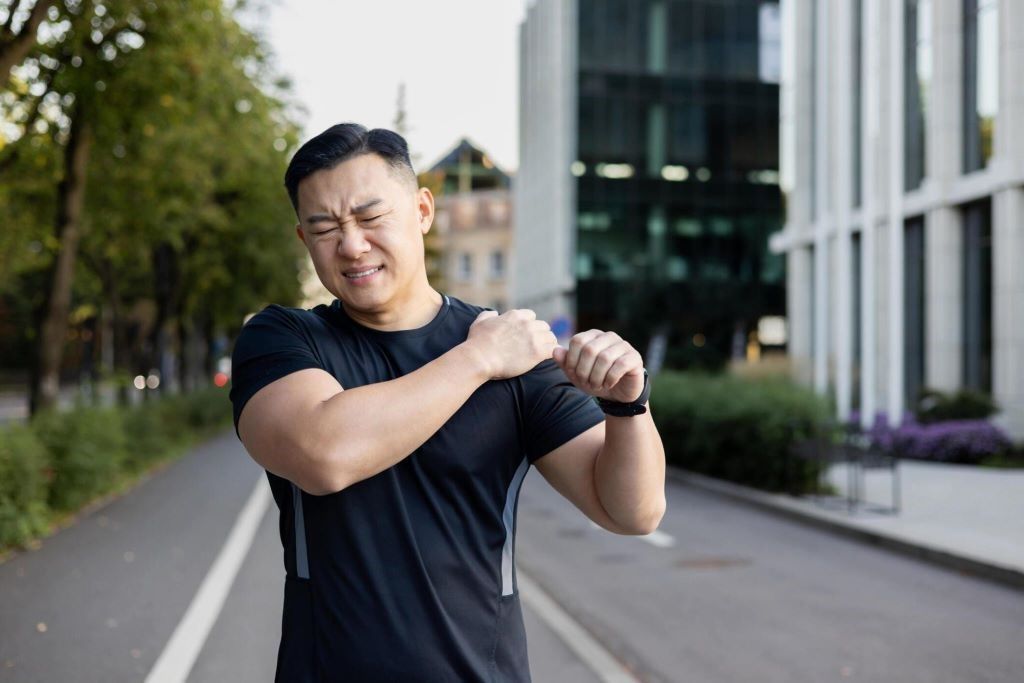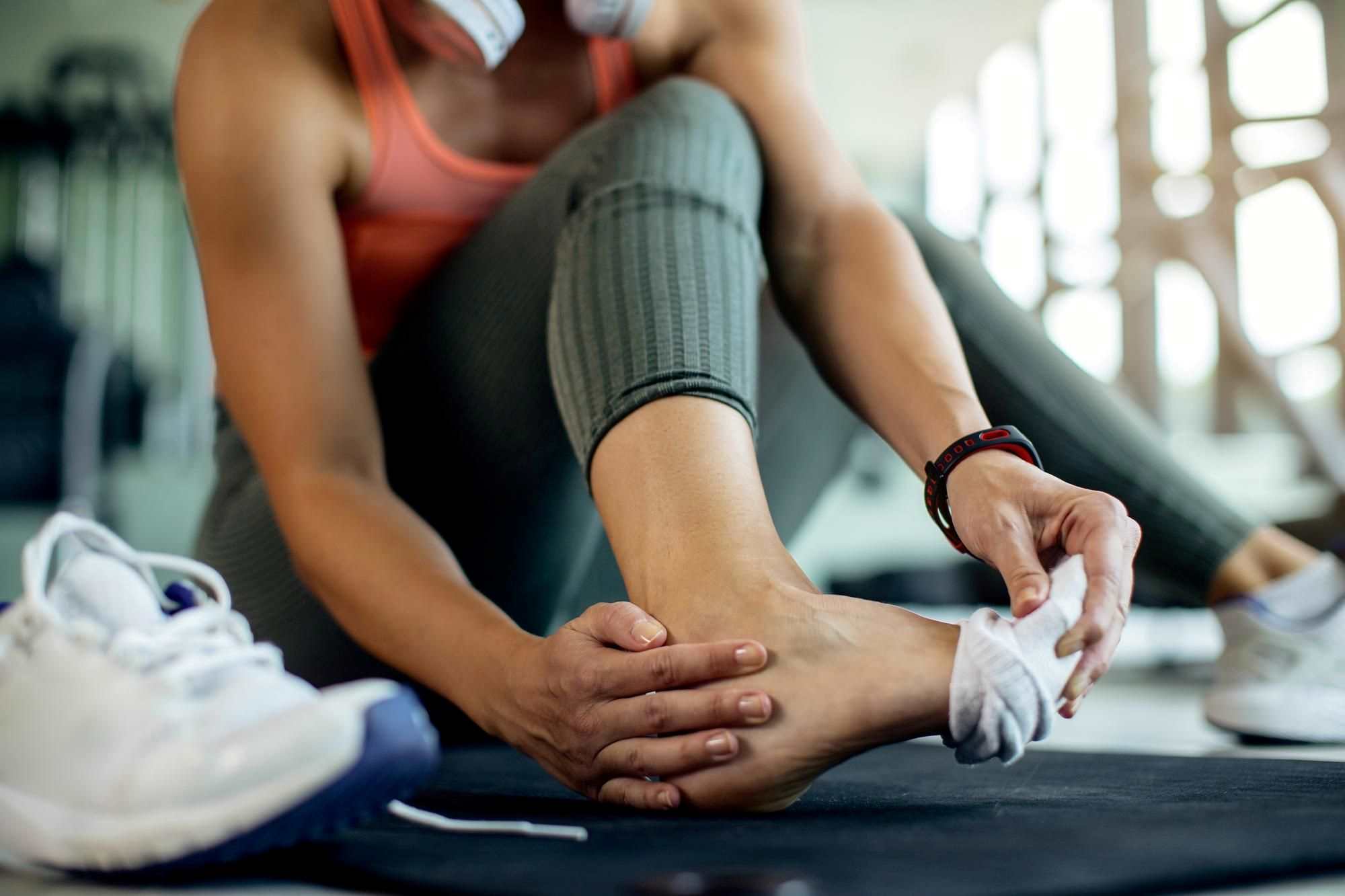When it comes to sports shoulder injuries are a serious problem that athletes often face. Whether you’re a player or someone who enjoys playing sports on weekends a shoulder injury can greatly impact your performance and overall quality of life.
However, with the strategies and techniques, these injuries can be effectively managed, allowing athletes to get back to their peak performance levels. In this guide, we will explore some game-changing tactics for managing shoulder injuries in sports.
This will cover aspects such as prevention, treatment options, rehabilitation methods, and ongoing care.
Understanding Shoulder Injuries in Sports
Before diving into the tactics for managing these injuries it’s important to have an understanding of the types of shoulder injuries that athletes commonly experience.
- Rotator Cuff Tears: Rotator cuff tears occur when the tendons of the rotator cuff muscles tear partially or completely. These injuries are often caused by movements or sudden trauma.
- Shoulder Dislocations: Shoulder dislocations happen when the upper arm bone pops out of its socket. These can result from impacts, falls, or excessive rotation of the shoulder joint.
- Shoulder Impingement Syndrome: Shoulder impingement occurs when the tendons or bursa in the shoulder get pinched or irritated. Activities involving movements worsen this condition.

Strategies for Injury Prevention
When it comes to shoulder injuries it’s always better to prevent them than treat them. Athletes can minimize their risk by implementing the following strategies;
- Proper Warm Up and Stretching: Before engaging in activity athletes should perform warm up routines to prepare their shoulder muscles and joints. It is important to incorporate stretches that focus on the shoulders emphasizing flexibility and range of motion.
- Strength Training Exercises: Athletes should develop a strength training program that targets the muscles surrounding the shoulder joint including the rotator cuff muscles. Exercises that improve stability and endurance such as rotation exercises and movements that stabilize the scapula are particularly beneficial.
- Technique Refinement: Working with a coach or trainer is crucial for ensuring technique and form during sports activities. It’s important to avoid overloading the shoulder with weight or repetitive movements that could strain the muscles and tendons.
Approaches for Treatment
Despite taking measures, shoulder injuries can still occur. When they do happen, prompt and appropriate treatment is essential for recovery. If you are looking for the best shoulder specialist in Orlando you can also check the online website.
- Immobilization:In order to allow the injured tissues to heal properly it’s important to rest the shoulder. Sometimes immobilization may be necessary using slings or braces, to prevent damage.

- Physical Therapy: Under the guidance of a therapist you will participate in targeted exercises and treatments aimed at restoring your strength, flexibility, and overall function. Focus on exercises that specifically address any imbalances and promote movement patterns.
- Medication and Injections: You may be prescribed steroidal anti-inflammatory drugs (NSAIDs) to help manage pain and reduce inflammation. In cases of inflammation and pain relief, corticosteroid injections may be administered.
Rehabilitation Protocols
Rehabilitation plays a role in the recovery process allowing athletes to regain confidence in their shoulder function and safely return to sports.
- Gradual Progression: Follow a rehabilitation program that gradually increases in intensity and complexity over time. Avoid rushing through the process to prevent re-injury or setbacks.
- Functional Training Include sports drills and exercises into your rehabilitation program that simulate the demands of performance. Emphasize movement mechanics and control of your muscles and nerves.
- Patient Education: It’s important to educate athletes about the significance of adhering to their rehabilitation program as making necessary lifestyle adjustments. Empower athletes by teaching them how to recognize warning signs of overuse or reinjury so they can take action if needed.
Ongoing Care and Maintenance
After returning to sports athletes, with shoulder injuries should prioritize ongoing care for continued maintenance:
- Maintaining Shoulder Health: Make sure to keep up with shoulder strengthening and stability exercises as part of your fitness routine. These exercises are essential for promoting shoulder health and resilience.
- Regular Check-Ups: Don’t forget to schedule check ups with a sports medicine physician or orthopedic specialist to monitor the health of your shoulders and address any emerging issues promptly. It’s crucial to take care of any lingering symptoms before they escalate.
- Injury Prevention Programs: Consider participating in injury prevention programs specifically designed for athletes in high-risk sports. These programs typically include prehabilitation exercises, injury screening and education on training techniques.

Conclusion
Shoulder injuries can be quite challenging for athletes but by implementing strategies and tactics, they can be effectively managed and overcome.
Prioritizing prevention, seeking treatment, following rehabilitation plans, and maintaining ongoing care are key factors in mitigating the risk of shoulder injuries and optimizing performance on the field or court.
Remember, incorporating these game-changing approaches into your training and competition routines can make a difference between feeling frustrated, on the sidelines or achieving success as an athlete.



